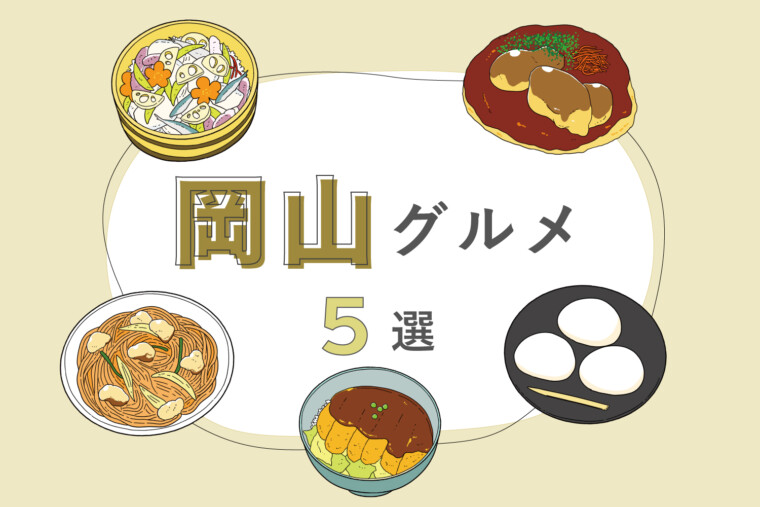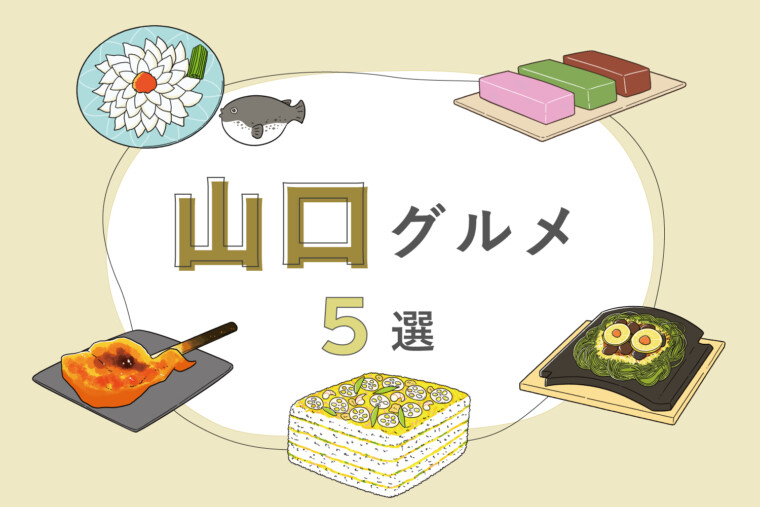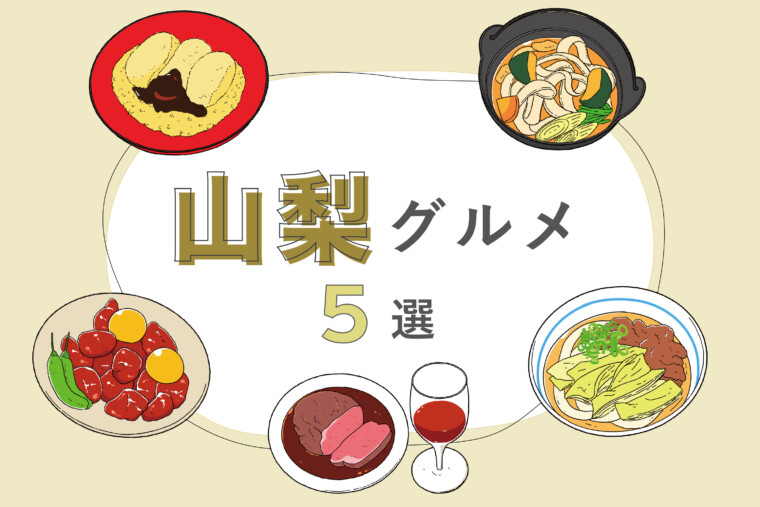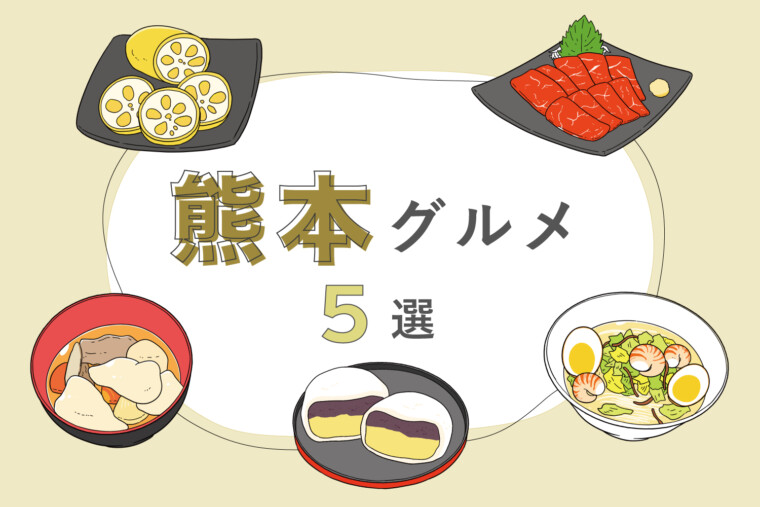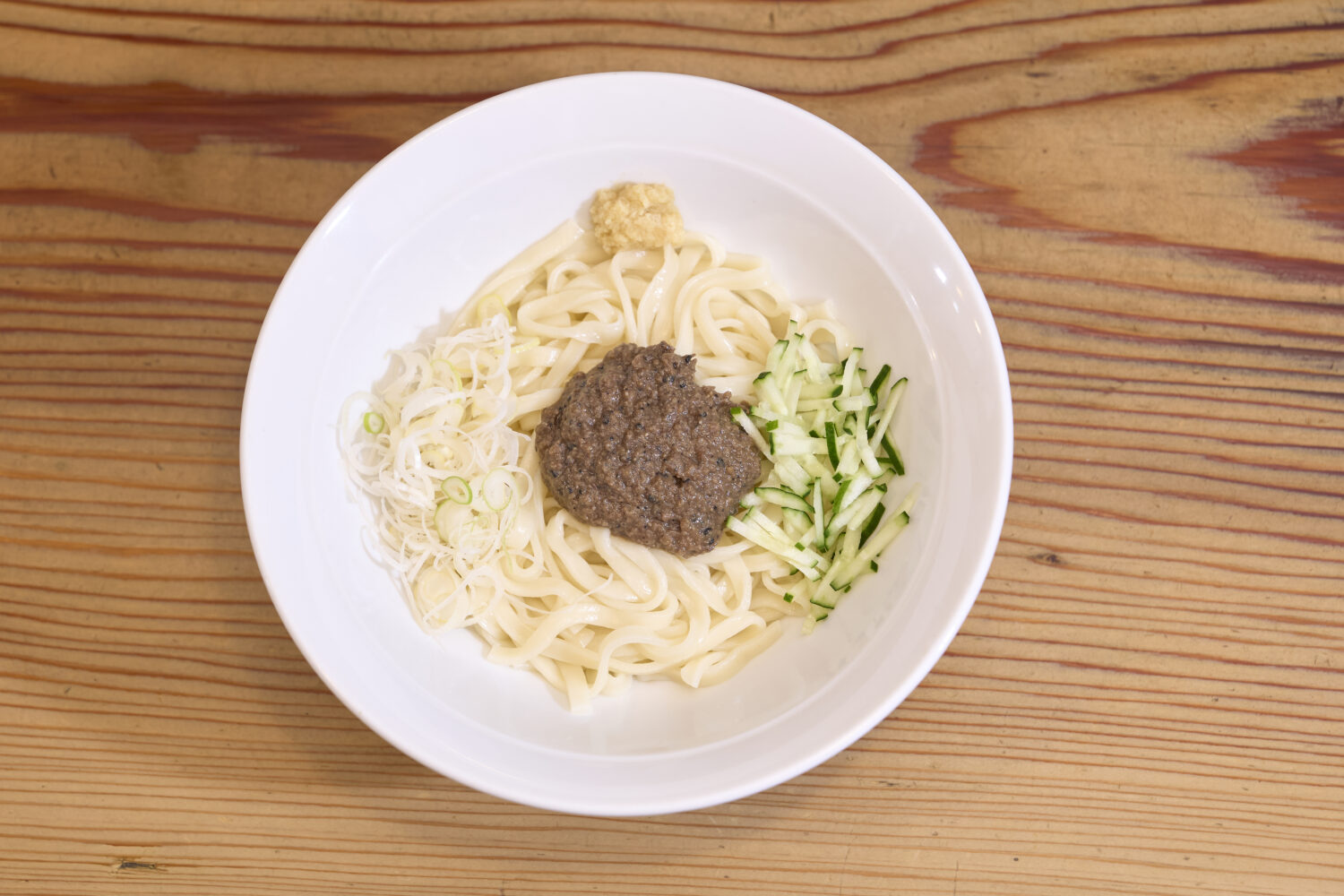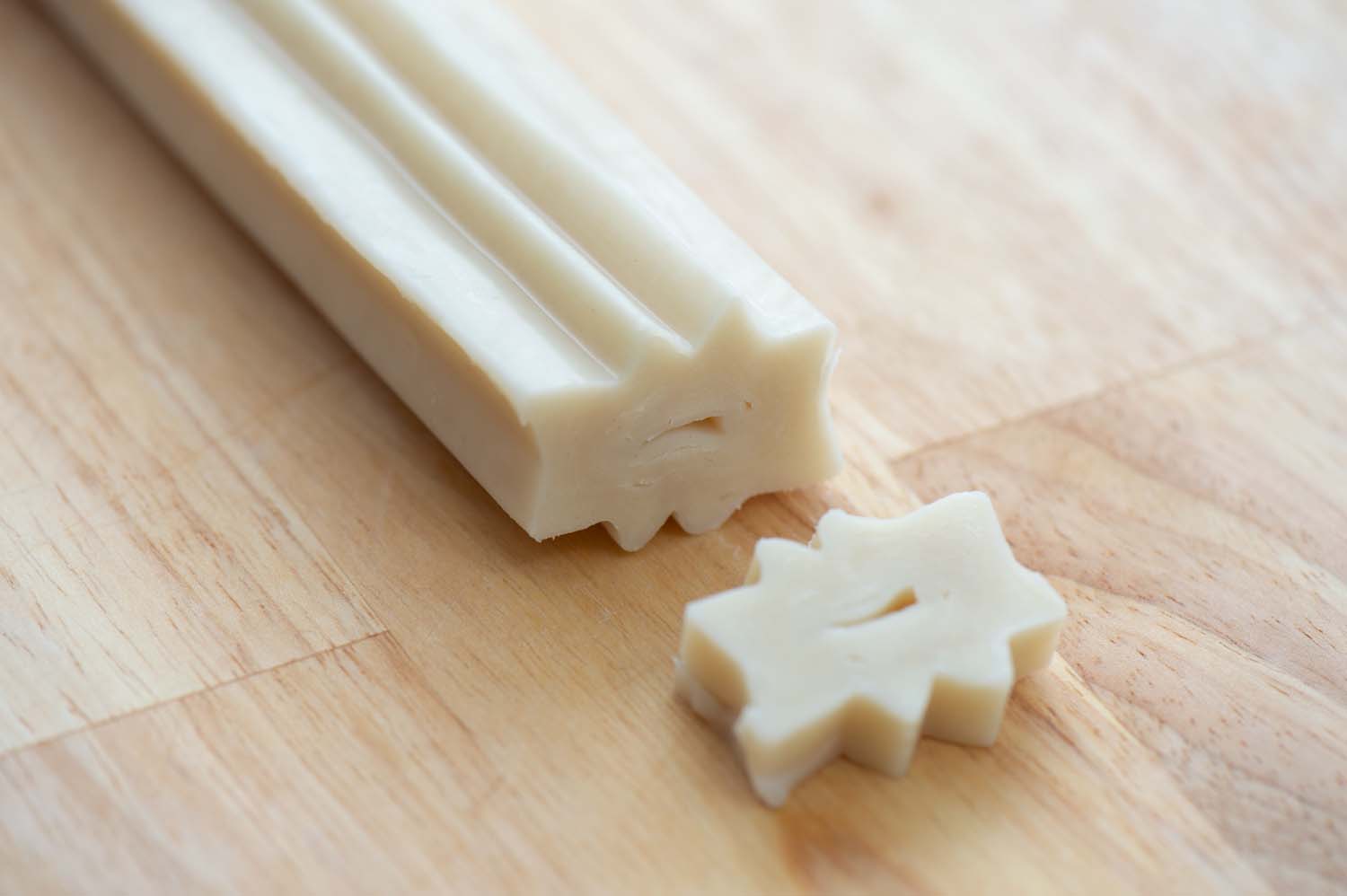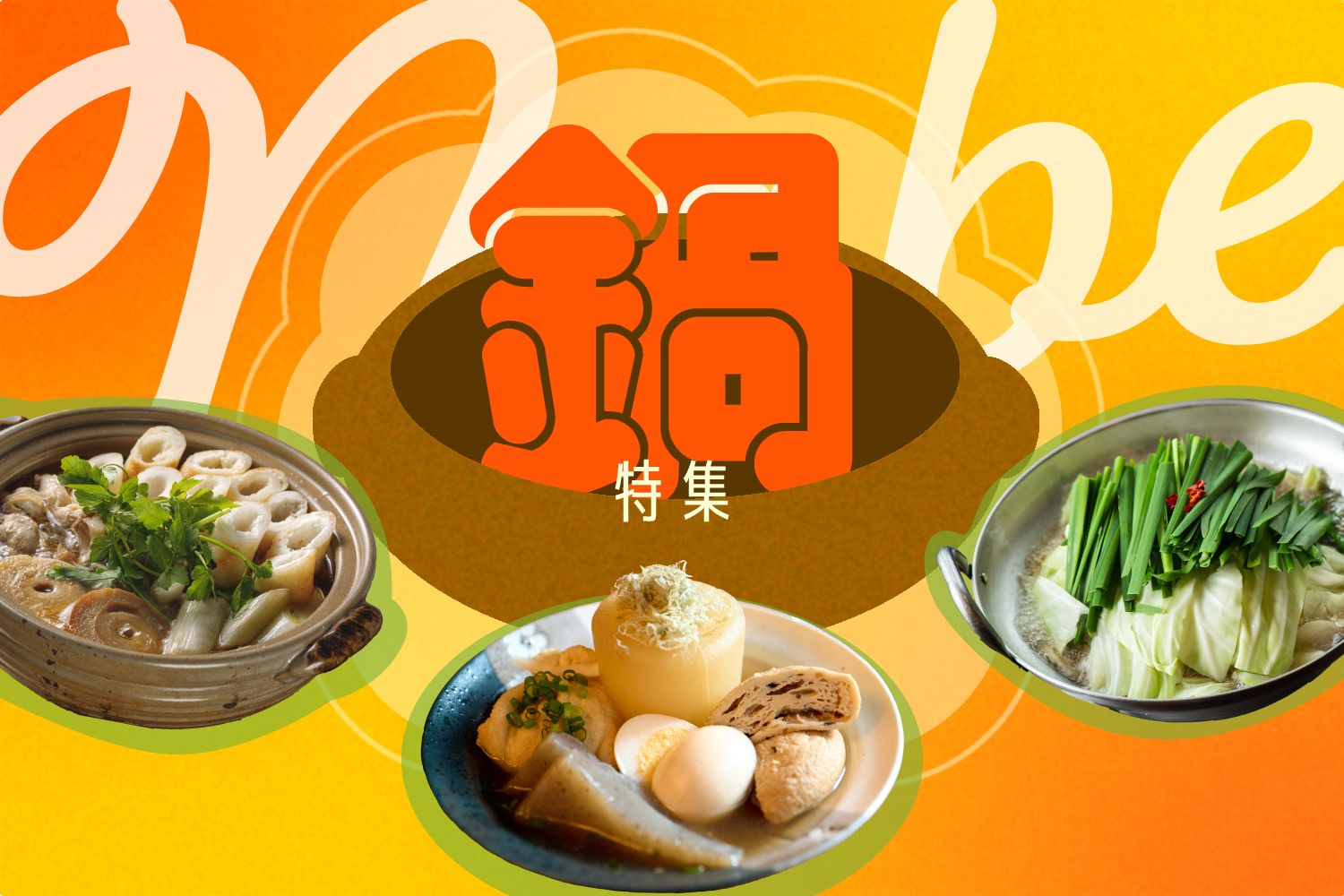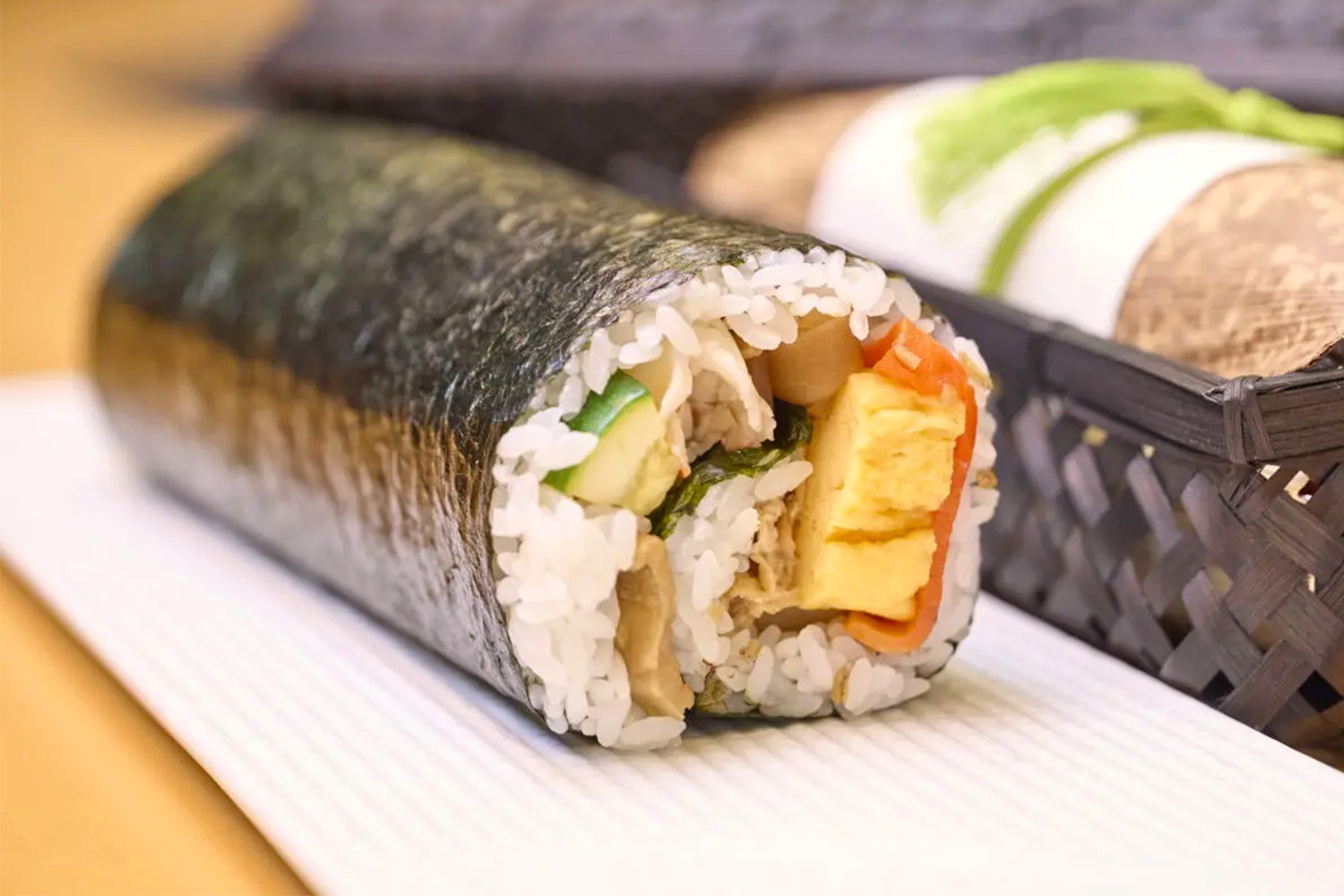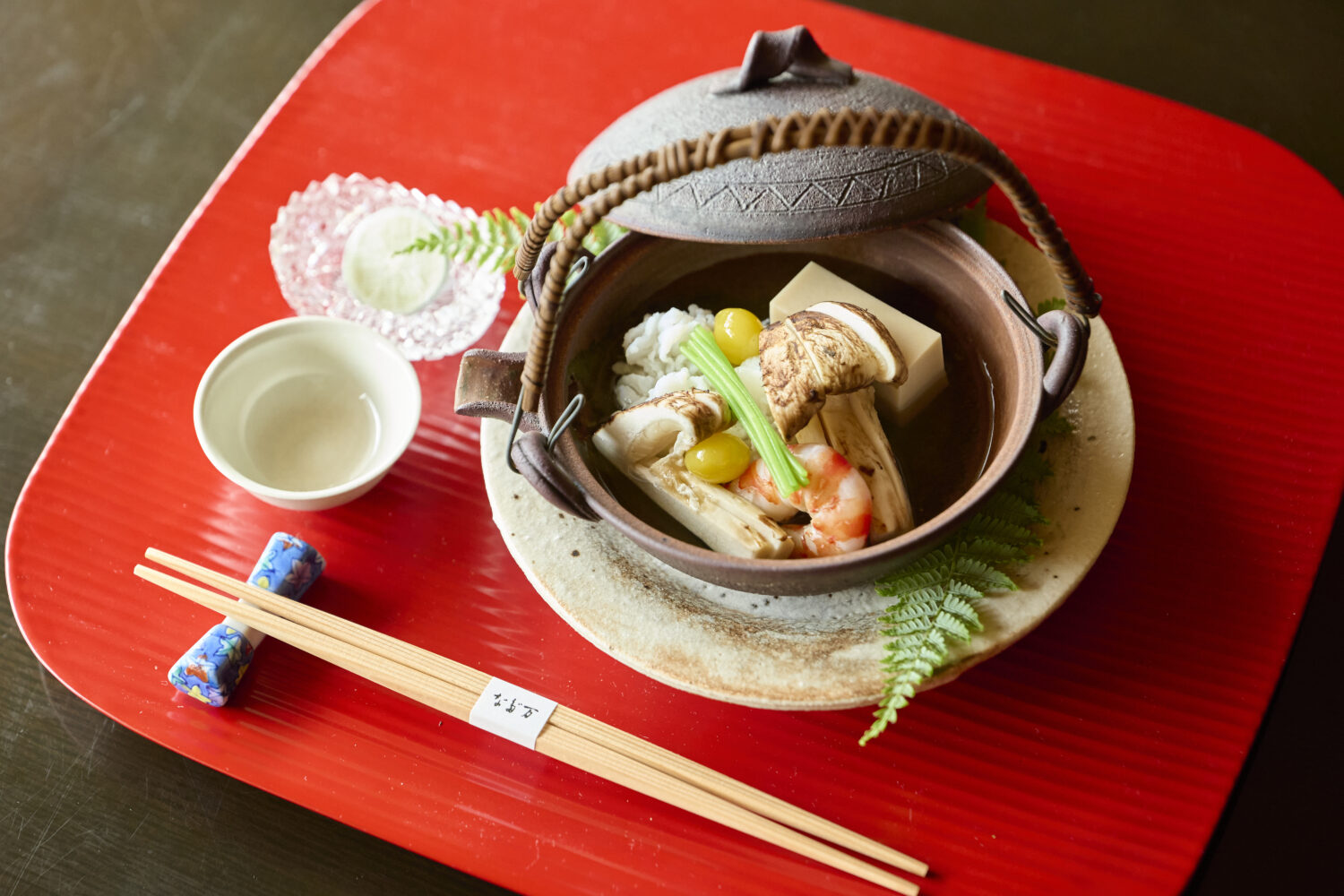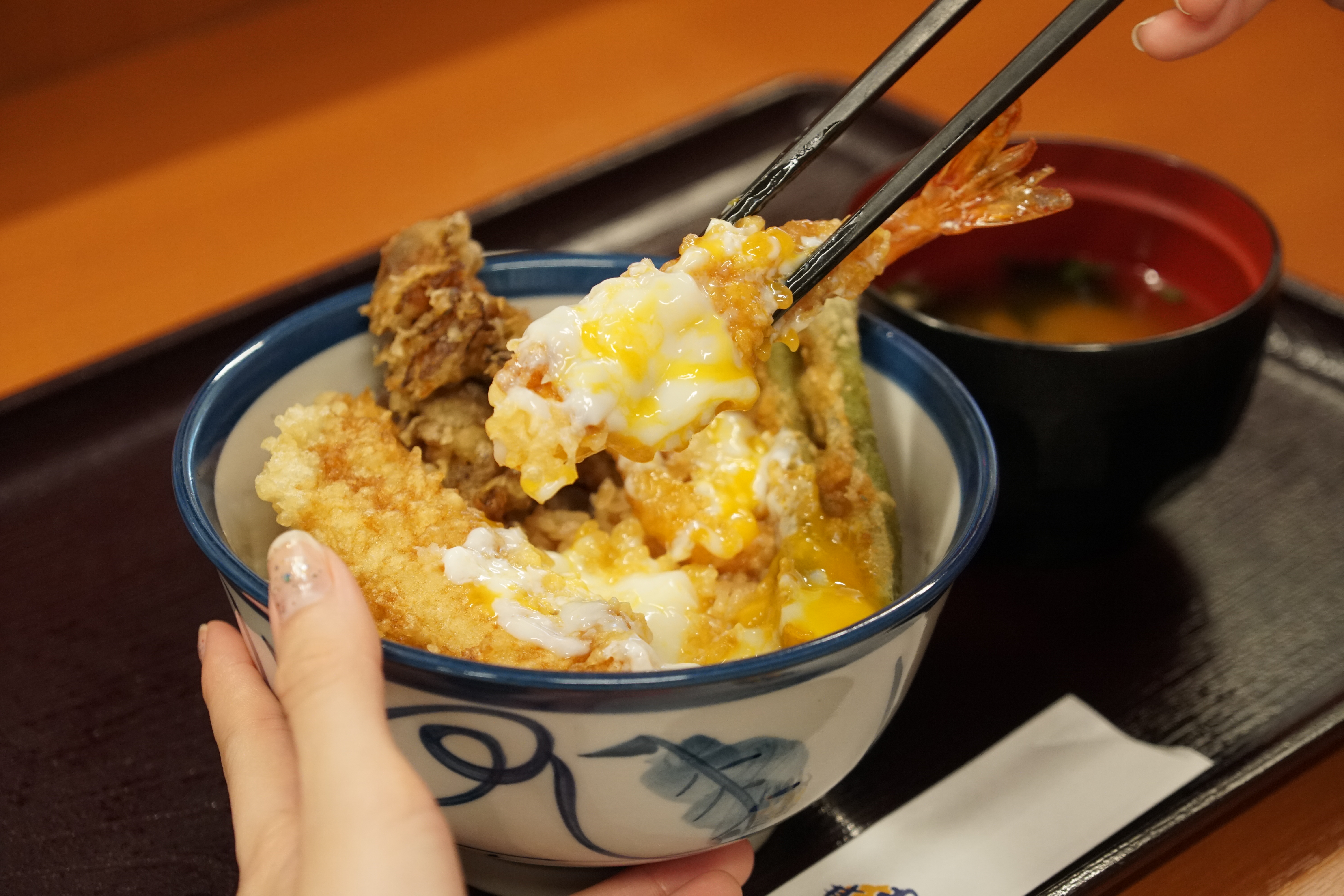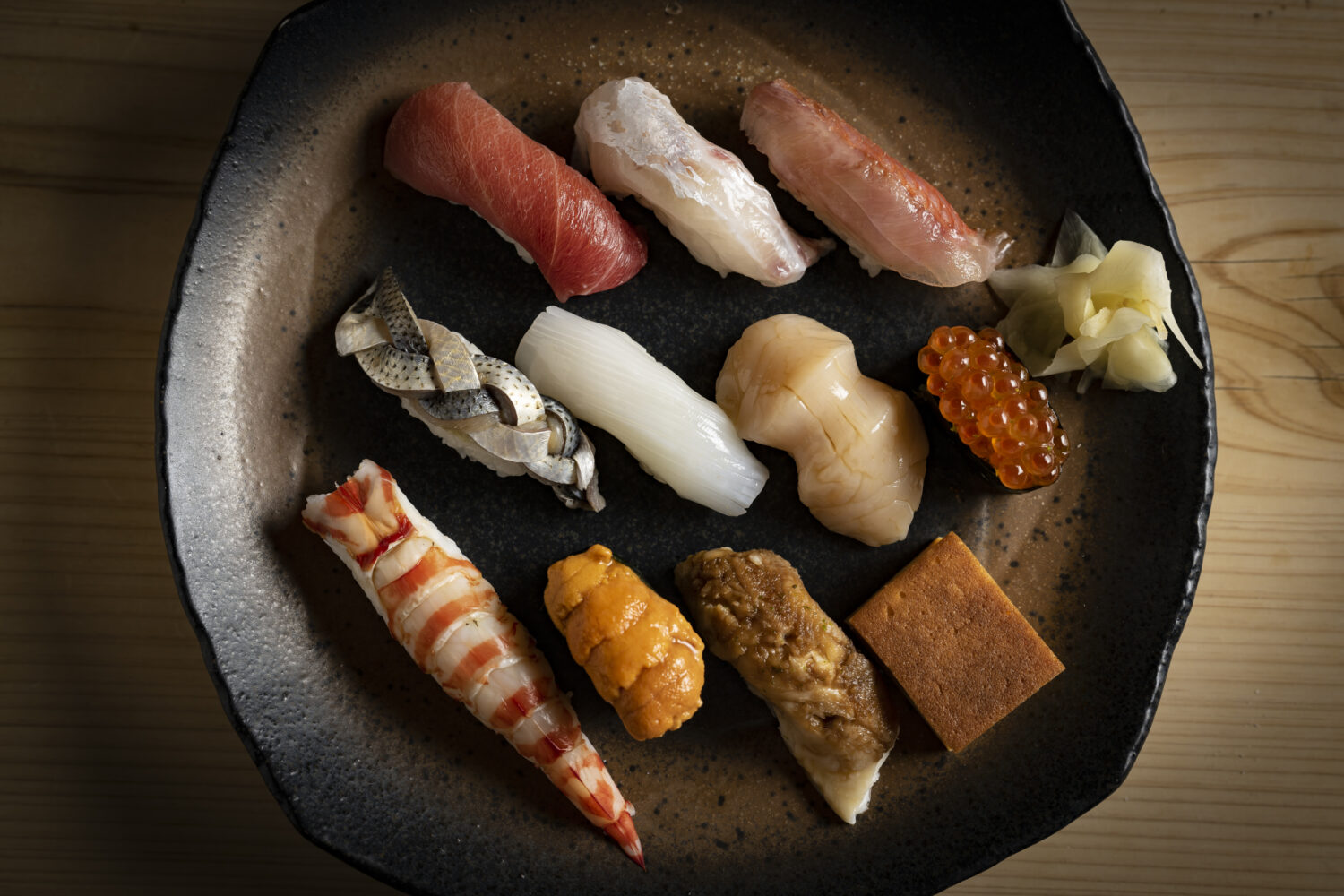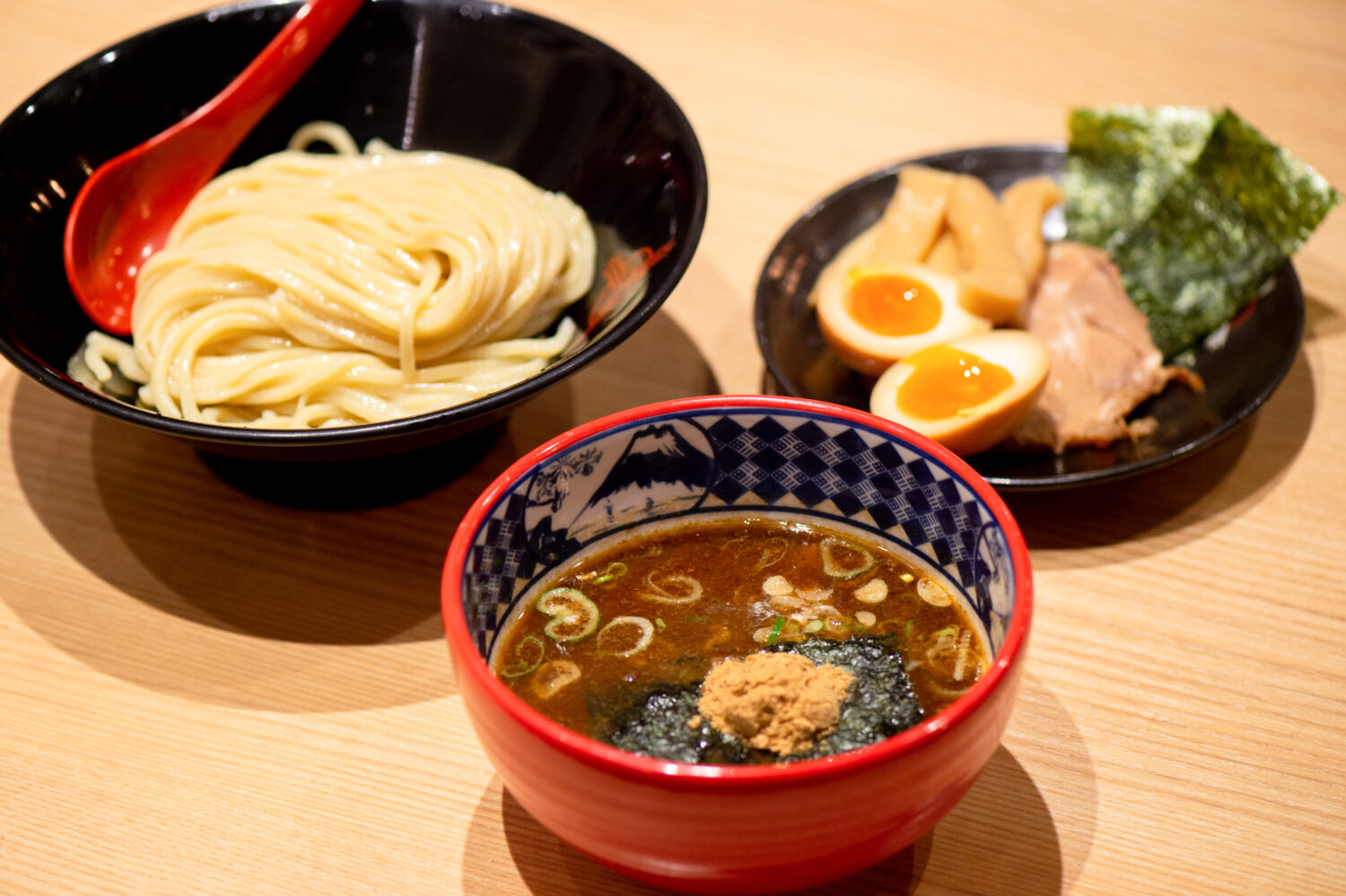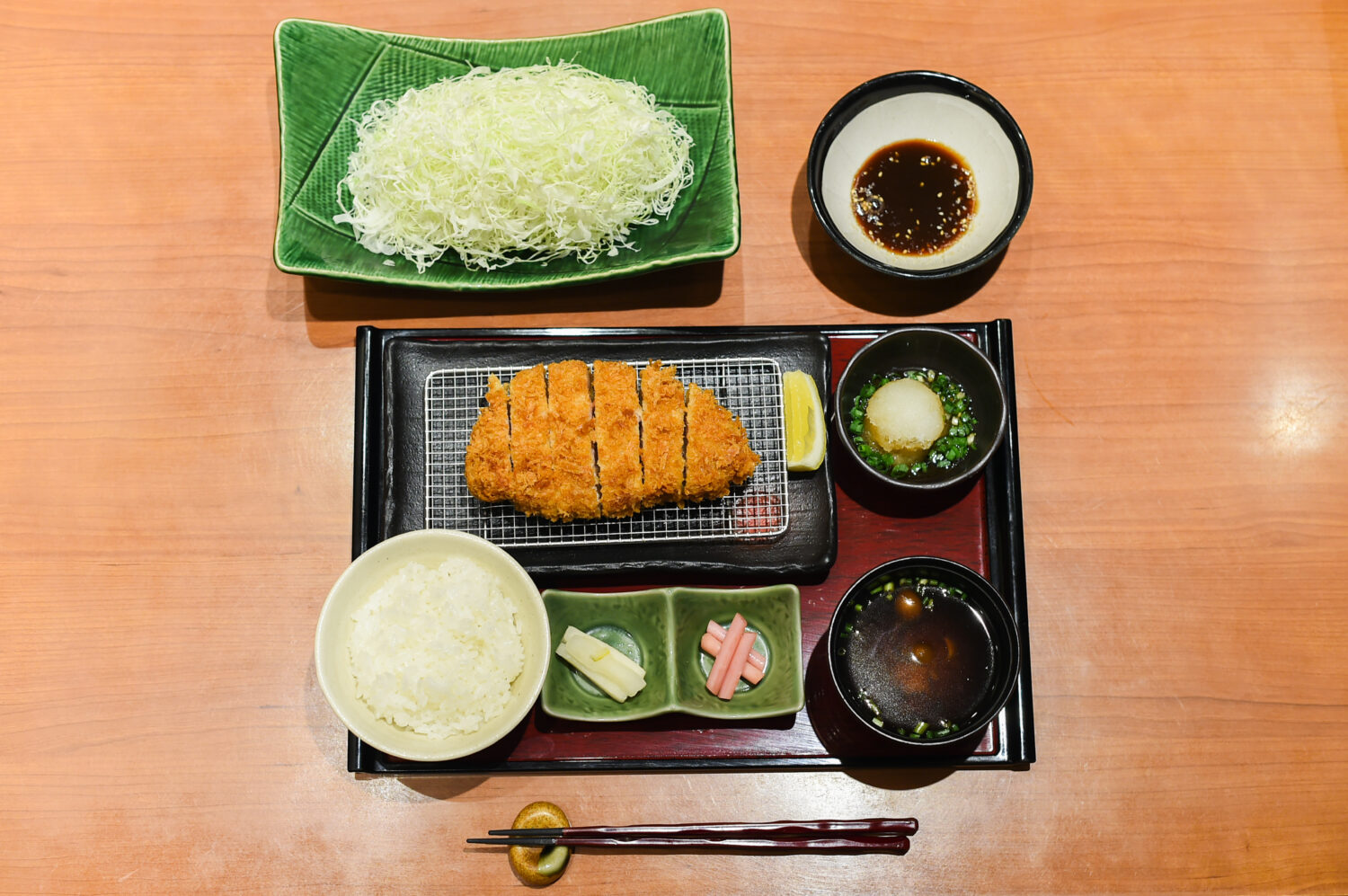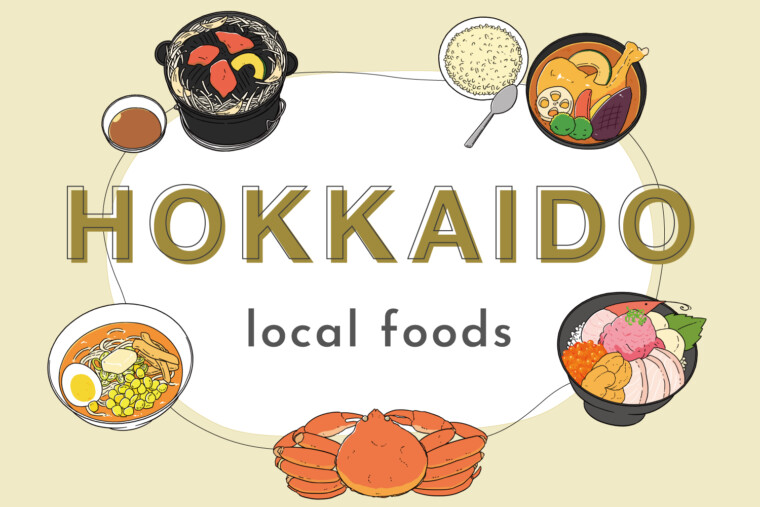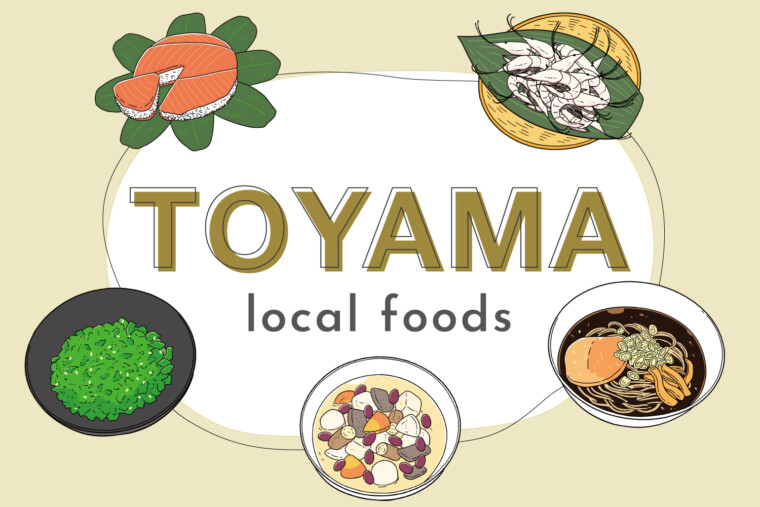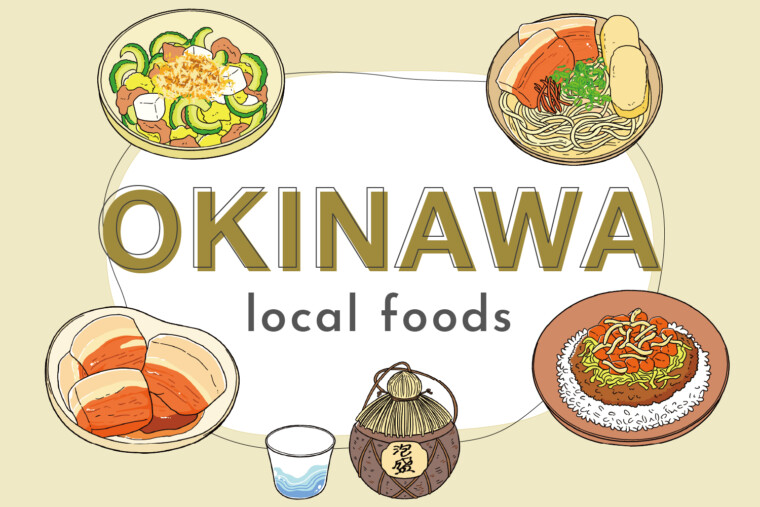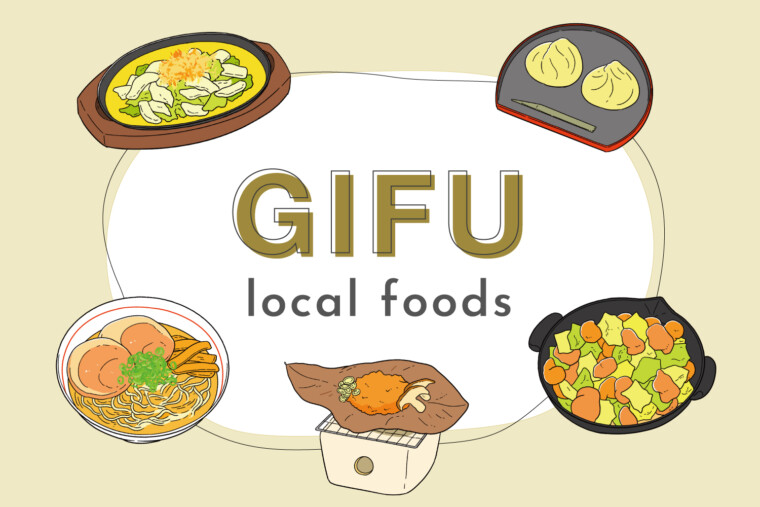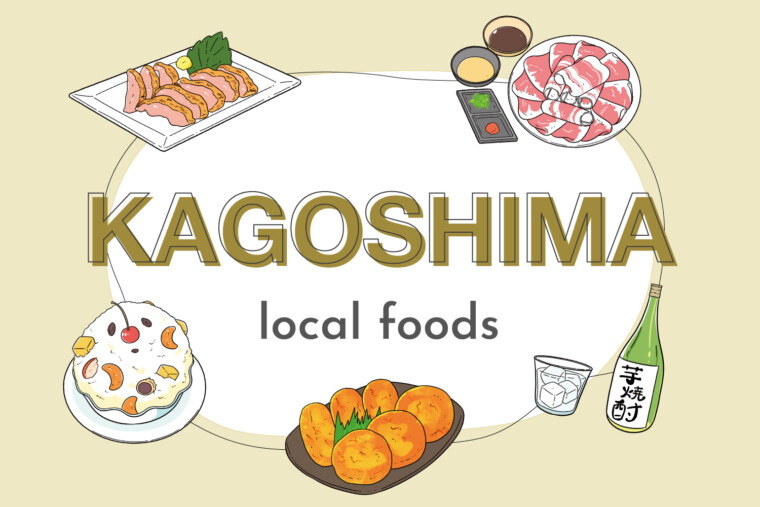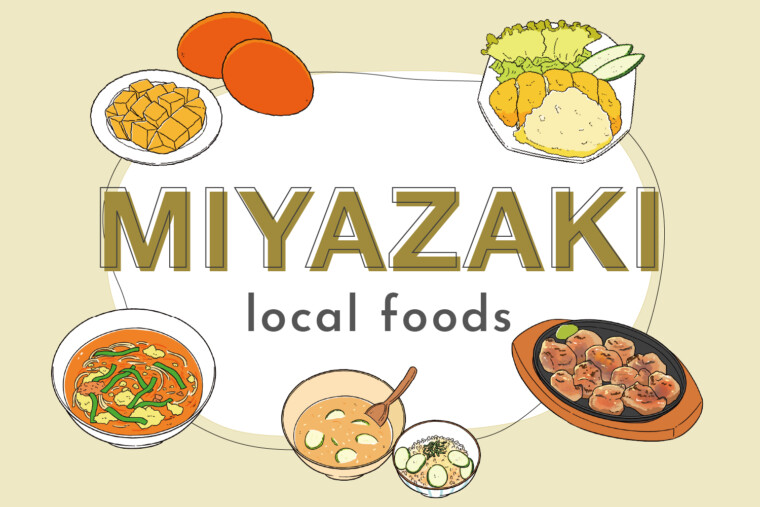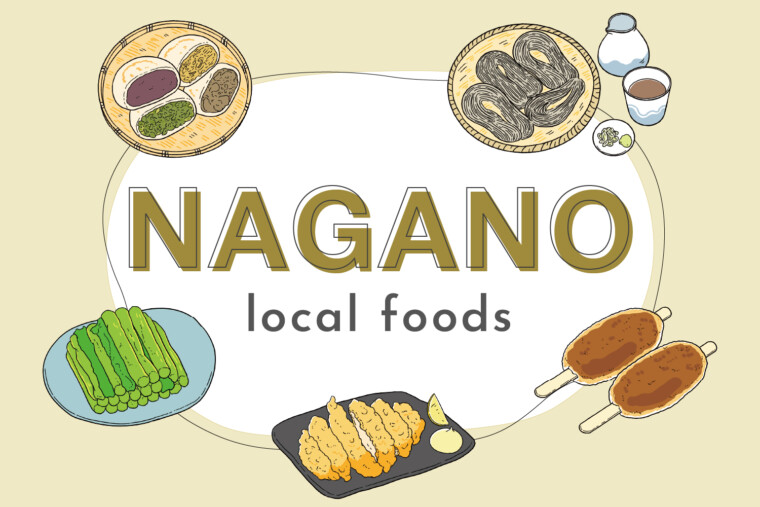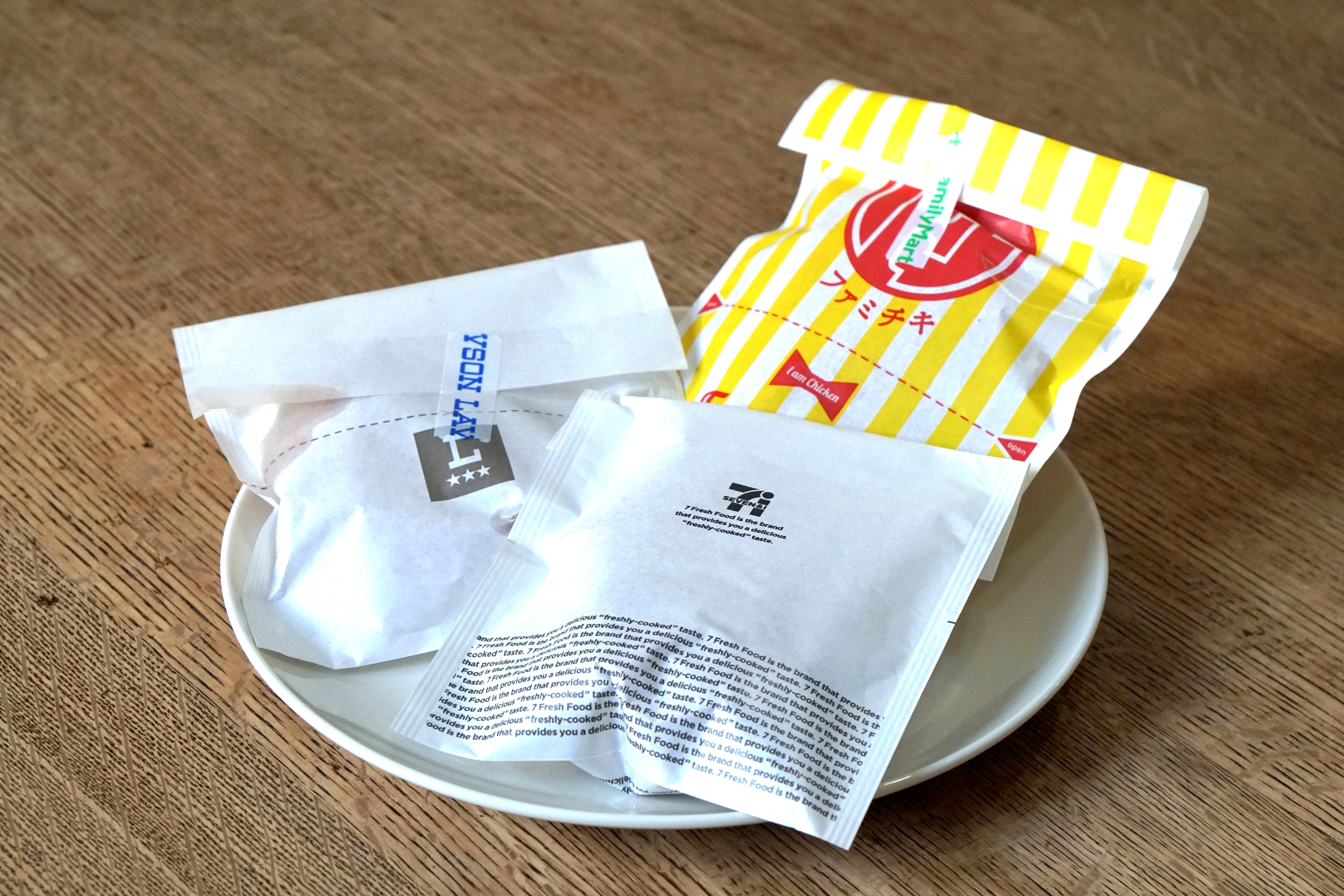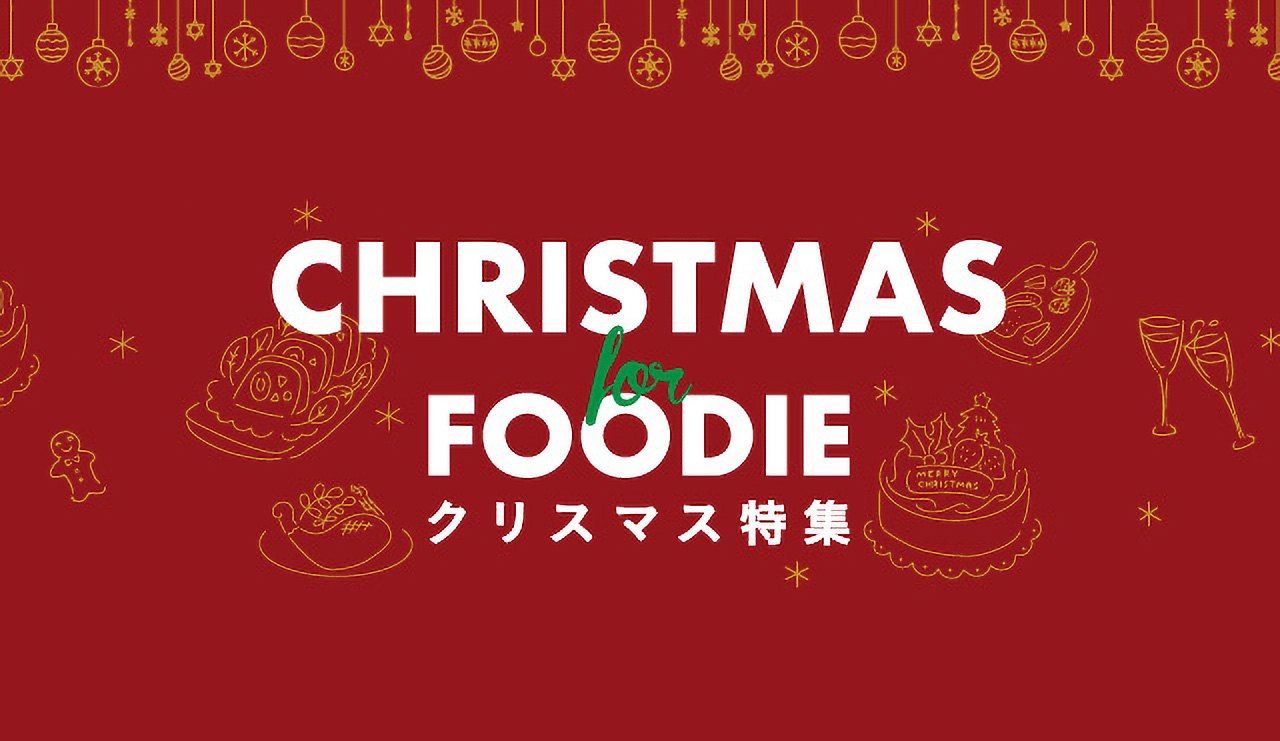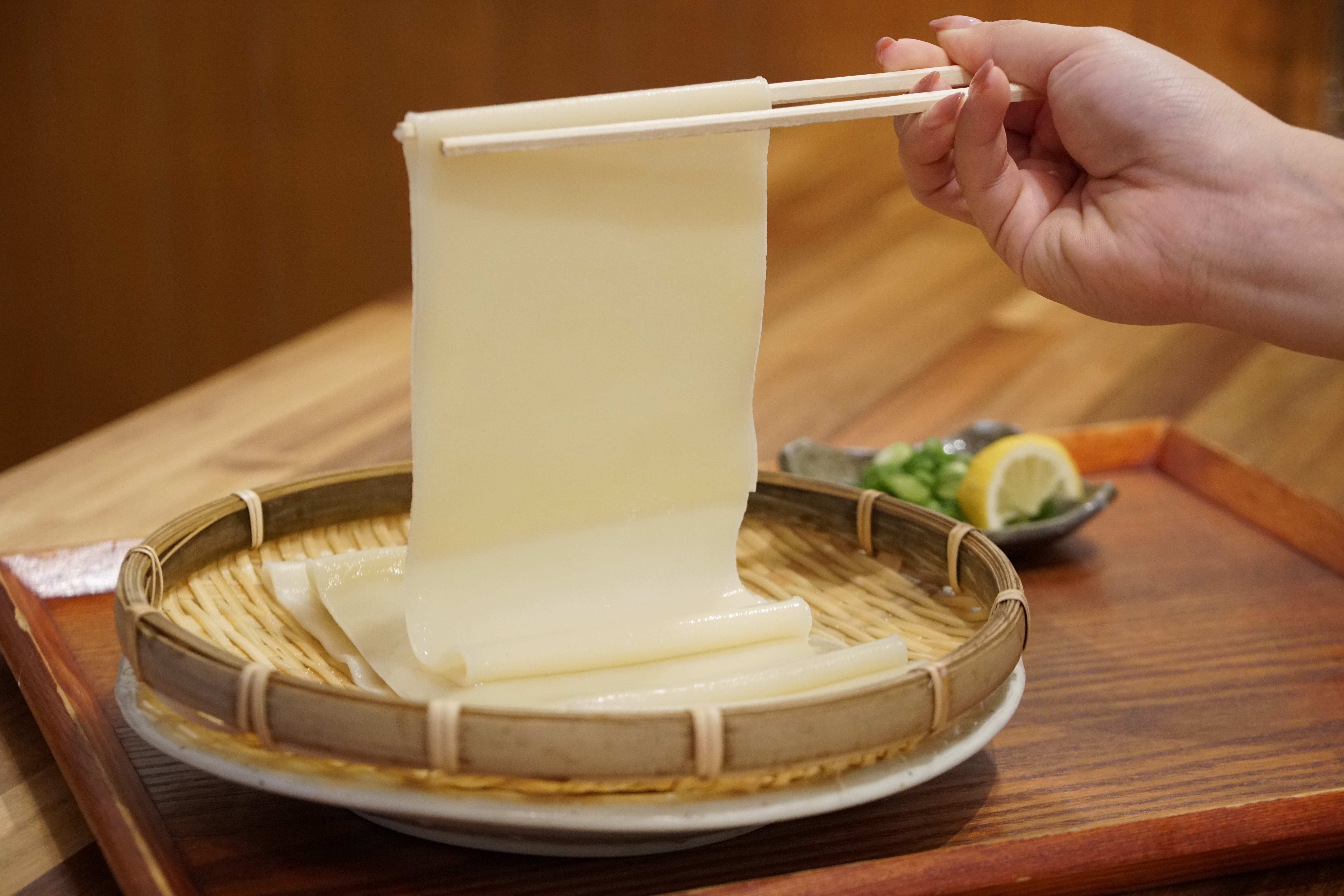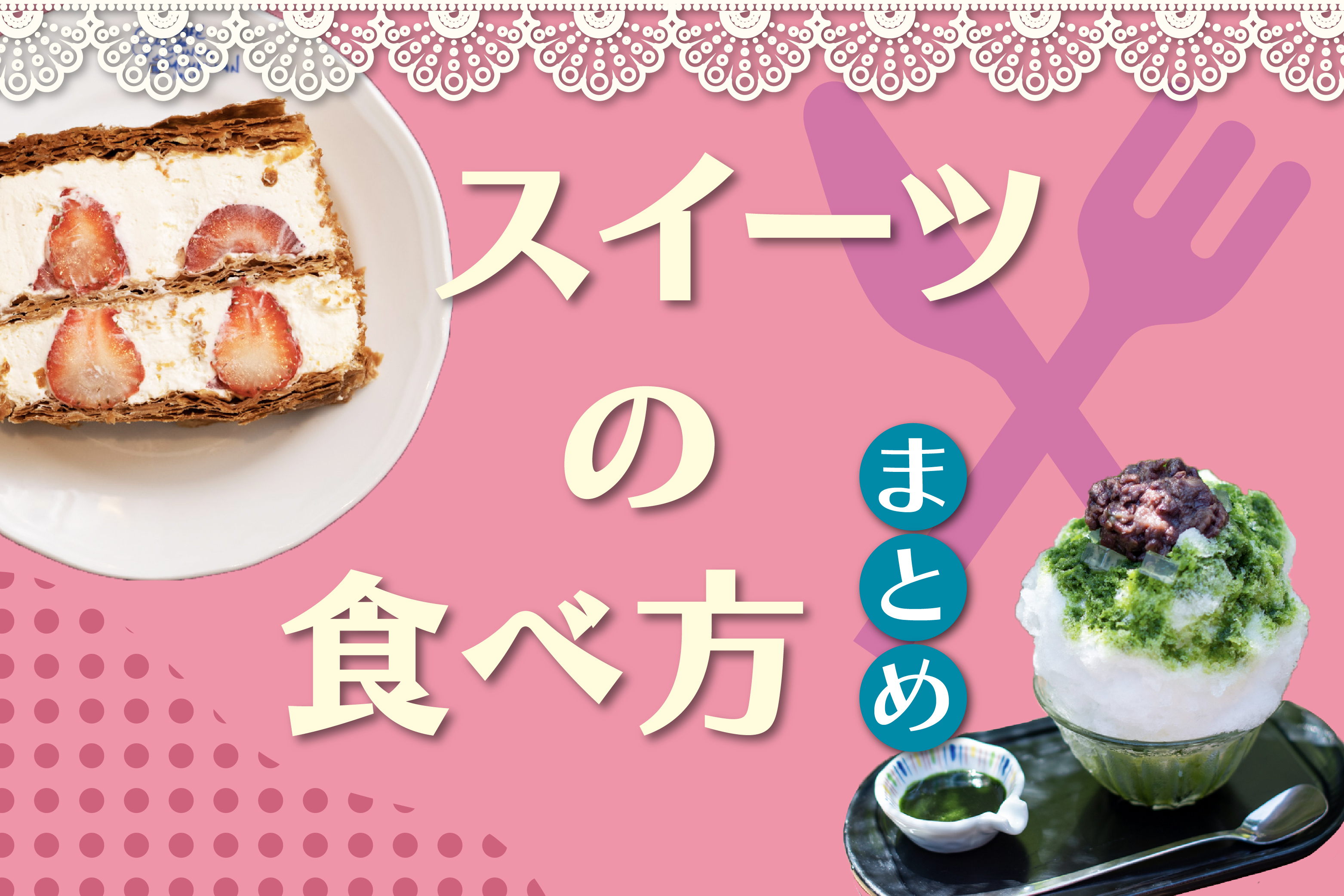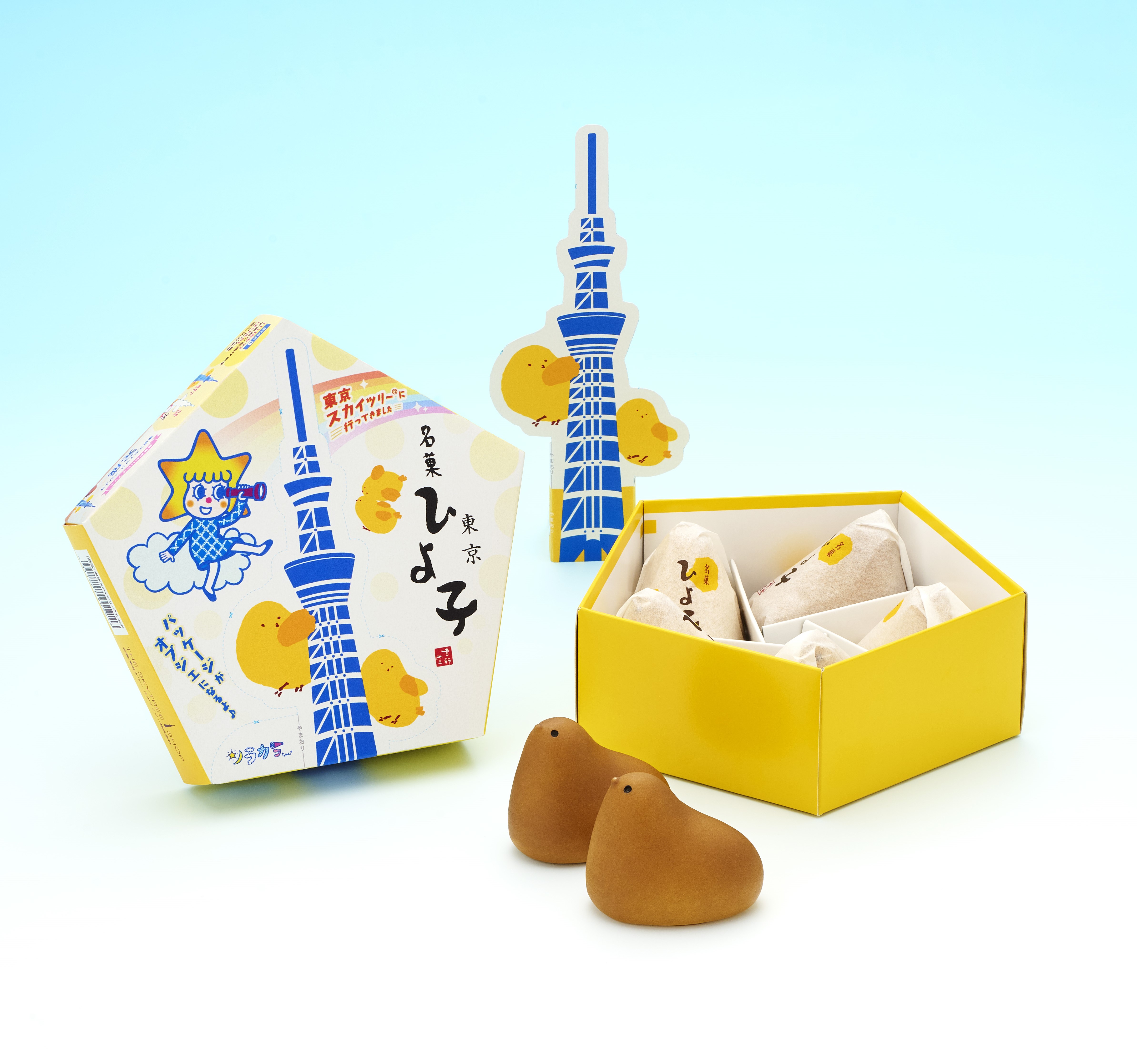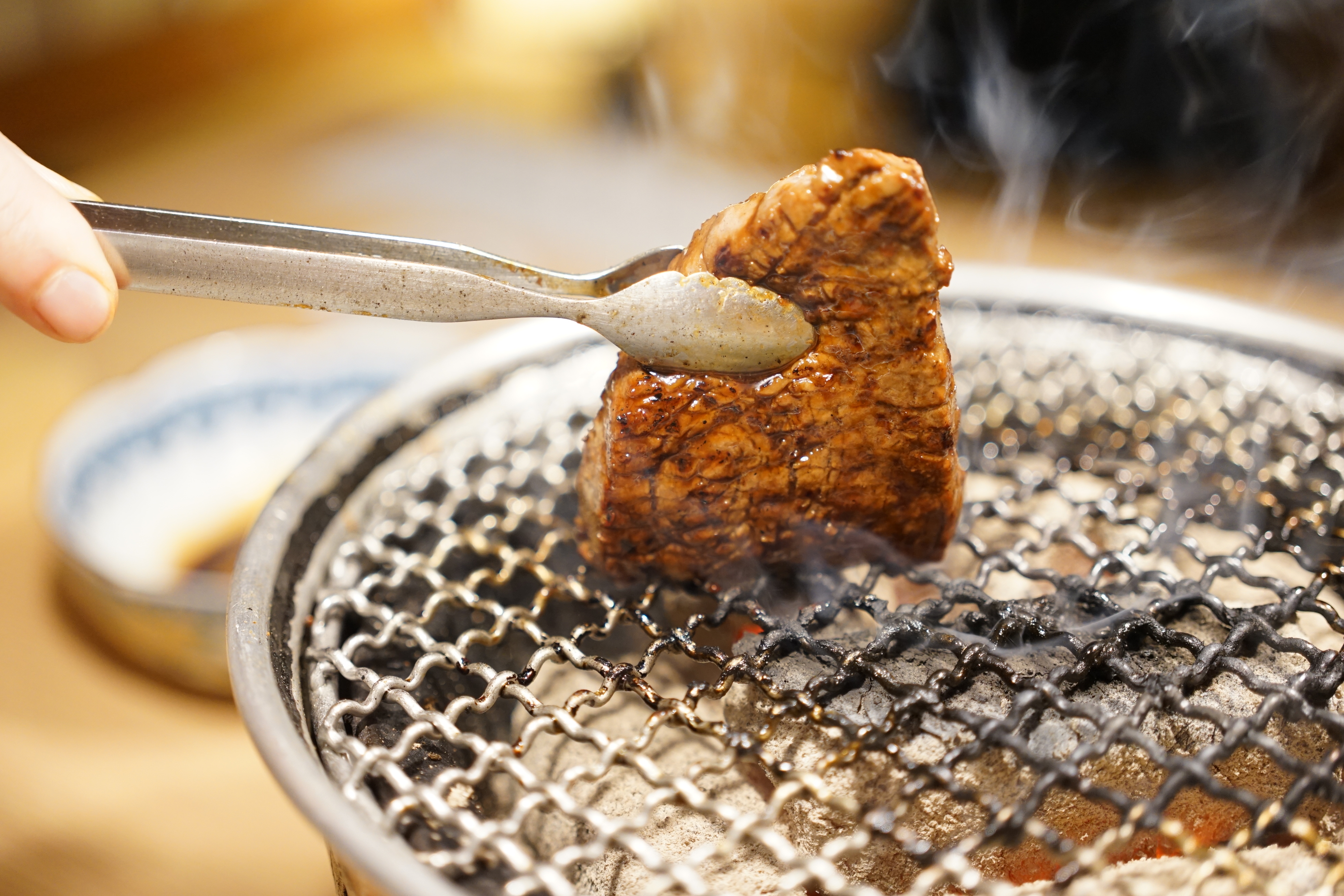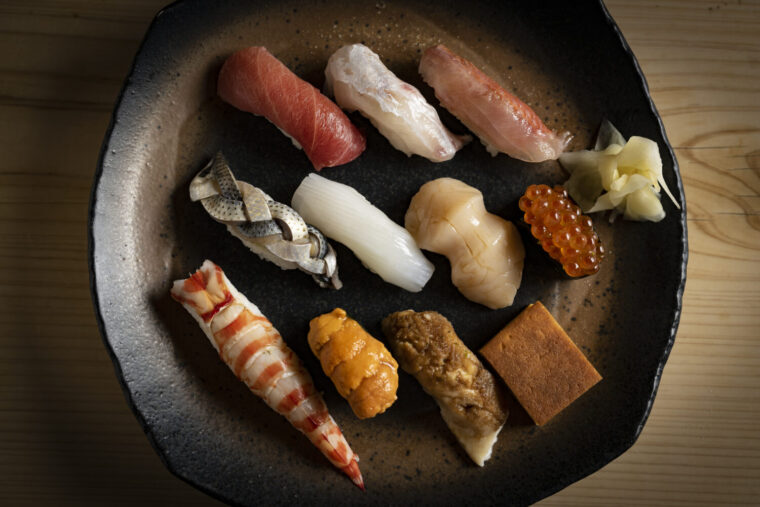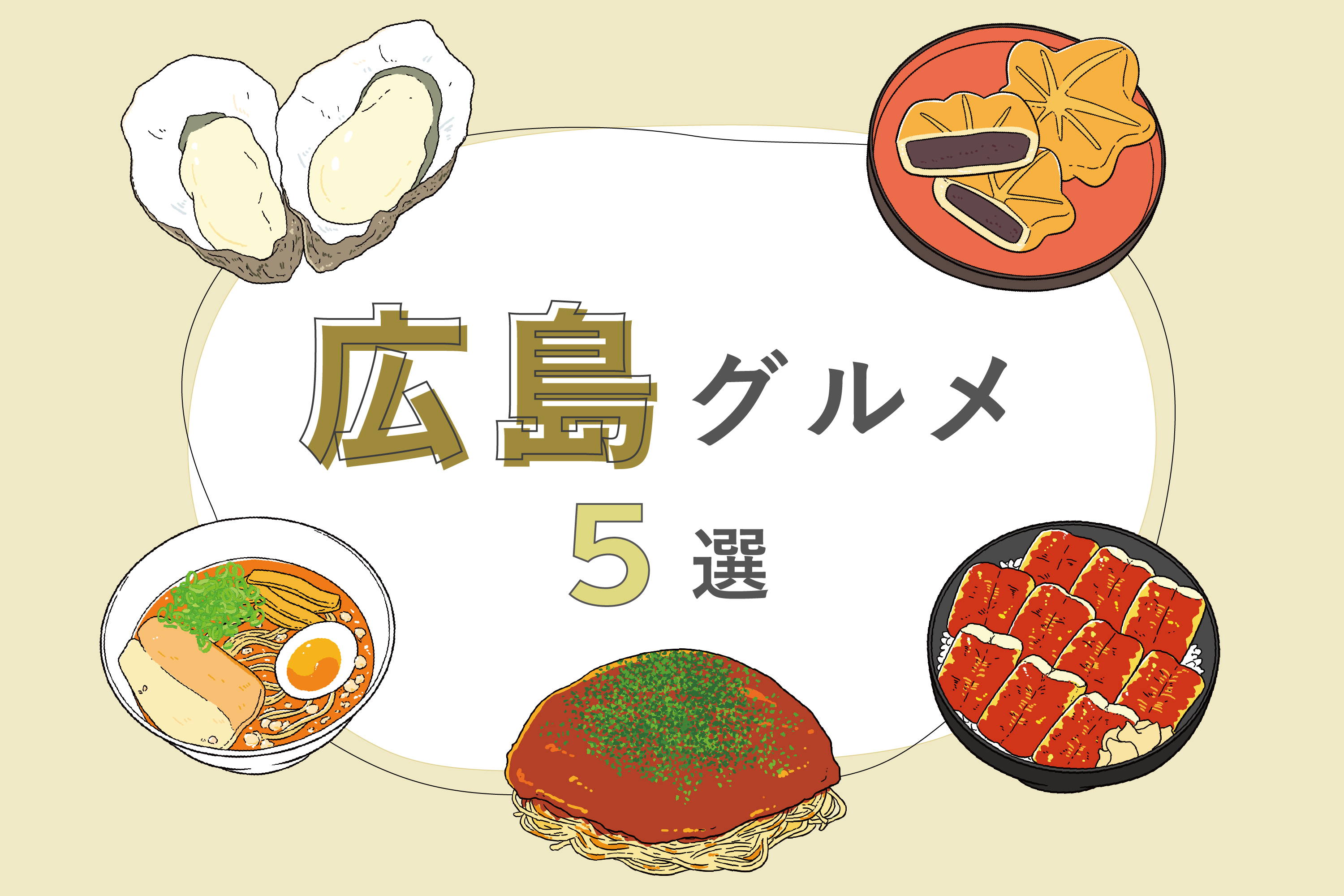
Hiroshima Food Guide: Okonomiyaki, Momiji Manju, Anagomeshi, Oysters, and Onomichi Ramen
Hiroshima Prefecture is home to diverse climates, industries, and food cultures depending on the region. Along the Seto Inland Sea coast, a wide variety of seafood is caught, while in agriculture, lemons are especially famous. One of the region’s charms is that these flavors can be enjoyed throughout the year. Within this rich natural environment, local specialties such as Okonomiyaki, Momiji Manju, and Anagomeshi were born and continue to be cherished.
share:
Table of Contents
Layered Ingredients Grilled Together: “Okonomiyaki”
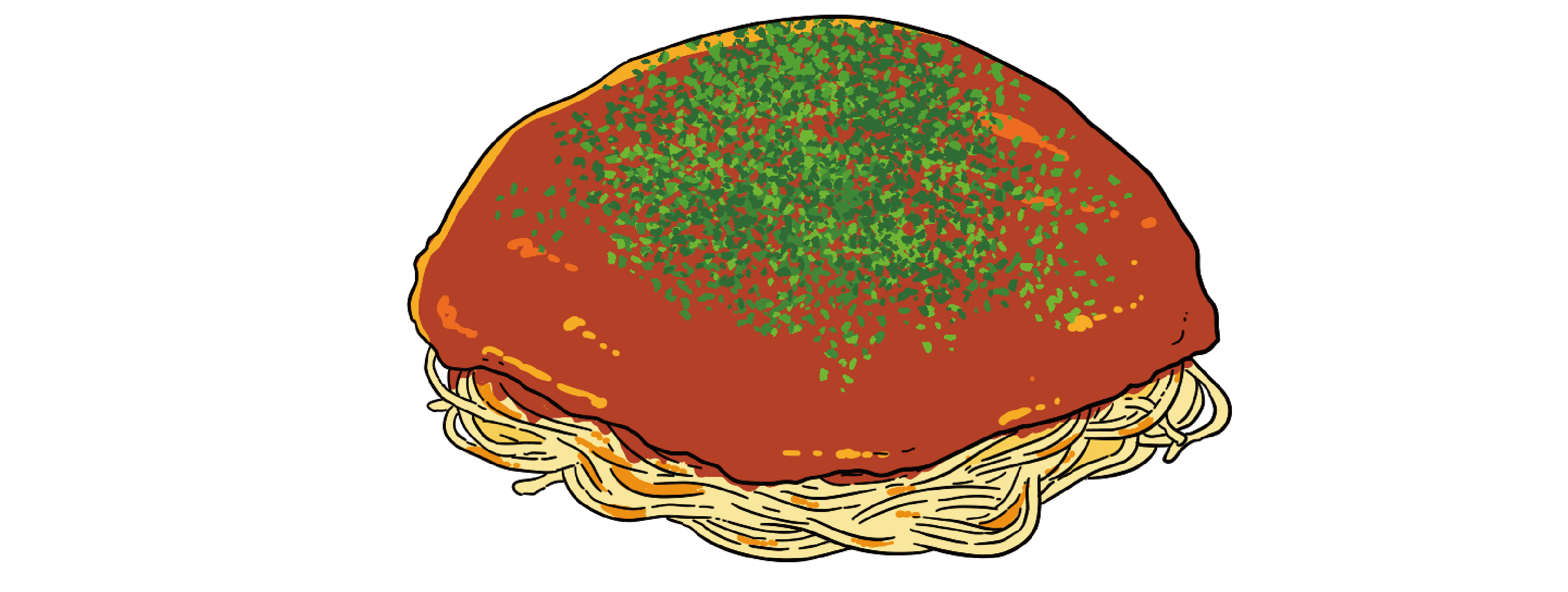
Hiroshima-style “Okonomiyaki” is made by spreading a thin layer of flour-based batter and layering it with cabbage, pork, yakisoba or udon noodles, and eggs, then topping it with rich, sweet sauce and aonori (seaweed flakes). Its defining features are the “layered grilling” style on top of the thin batter, the inclusion of noodles, and the generous 150 grams of cabbage. When eating directly from the hot iron plate, a metal spatula called a “hera” is used. Ingredients vary by region, with some versions including squid tempura, chicken gizzards, or even natto.
Maple Leaf-Shaped “Momiji Manju”
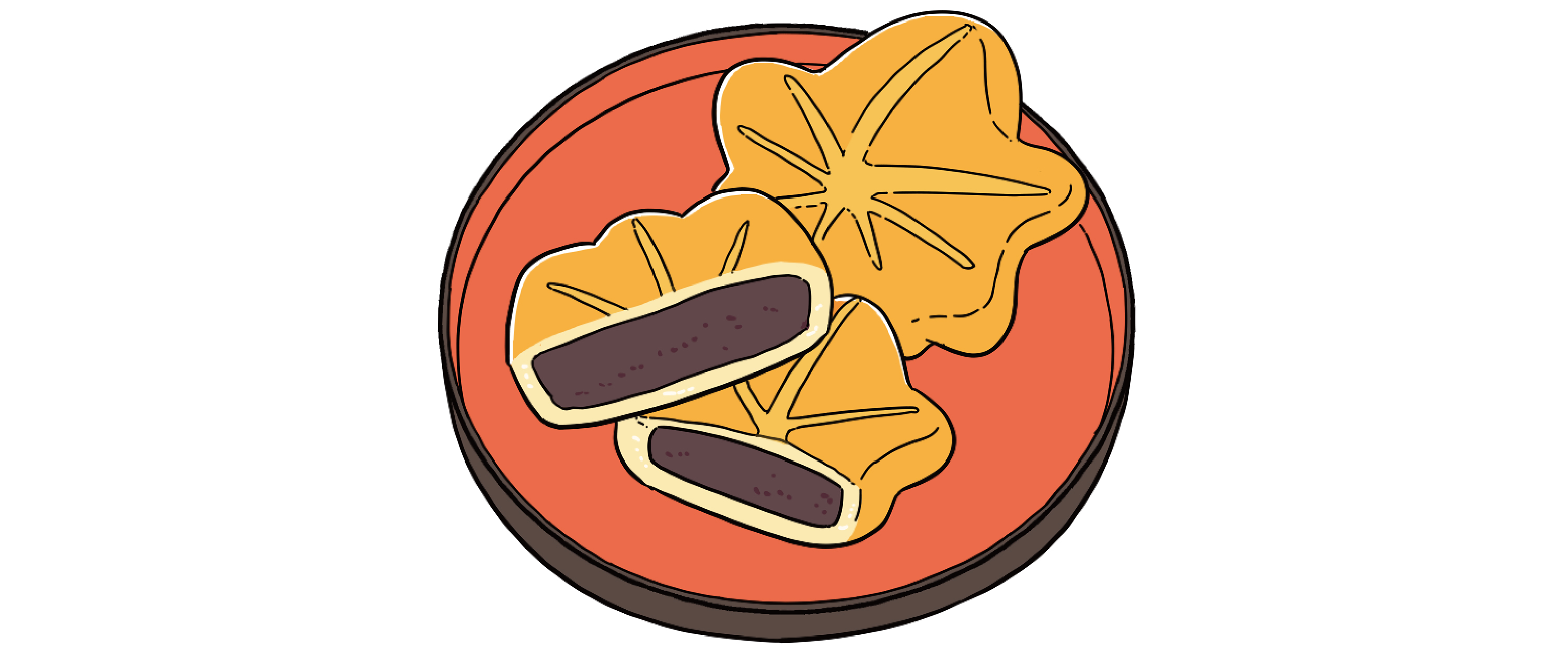
A specialty of Miyajima, one of Japan’s Three Scenic Views, “Momiji Manju” is a castella-like sponge cake shaped like a maple leaf and filled with high-quality red bean paste made from domestically grown azuki beans. The maple leaf design is modeled after Hiroshima Prefecture’s official tree. Today, beyond the traditional bean paste, there are also variations filled with chocolate, cream cheese, or even dough infused with matcha, making this sweet beloved by both locals and tourists alike.
Grilled Conger Eel on Rice: “Anagomeshi”
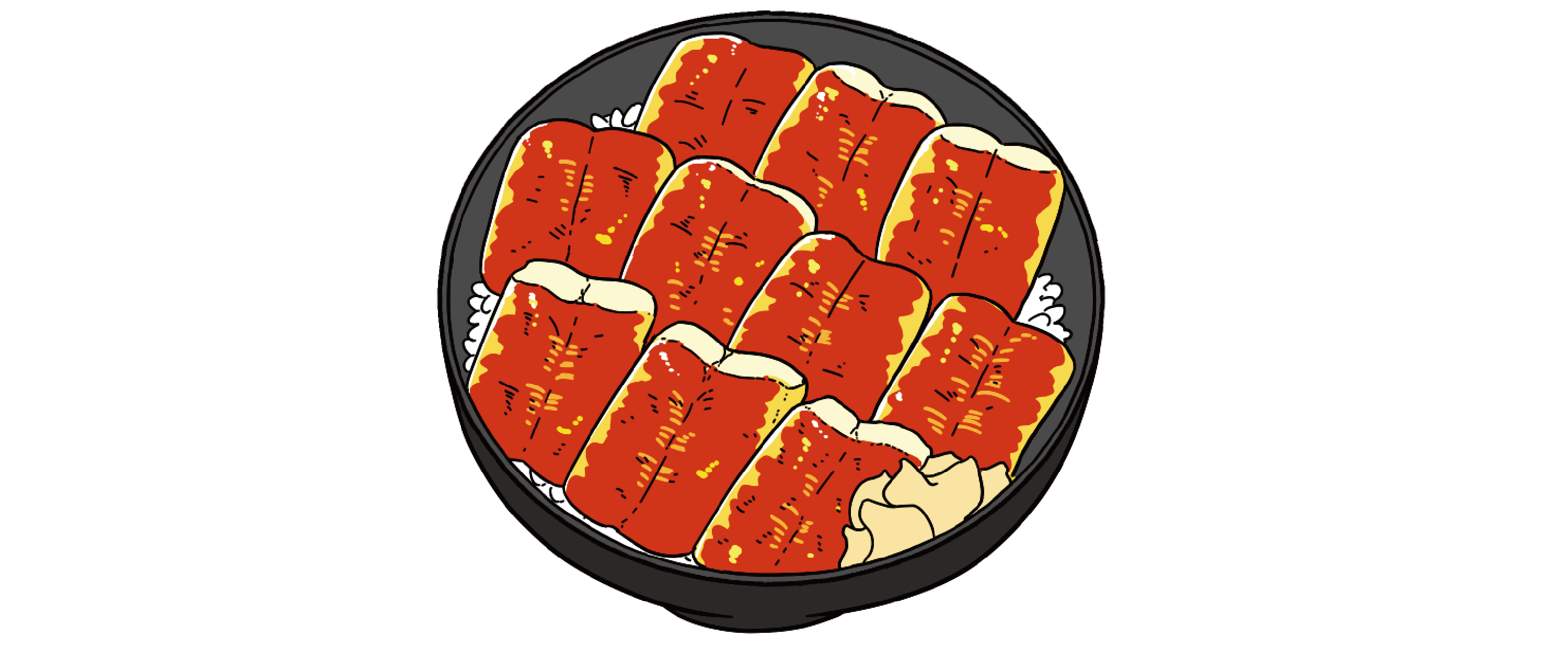
A famous dish from Miyajima, “Anagomeshi” features conger eel split open from the back, grilled with a sweet-savory sauce, and served atop rice cooked in dashi broth. Conger eel has long been eaten in Hiroshima City and Miyajima Town where it is commonly caught. In 1901, four years after the opening of the Sanyo Railway, it was first sold as an ekiben (station bento) near Miyajimaguchi Station. Gradually, more restaurants began serving anagomeshi to tourists, marking the dish’s beginning.
Japan’s No.1 Producer: “Oysters”
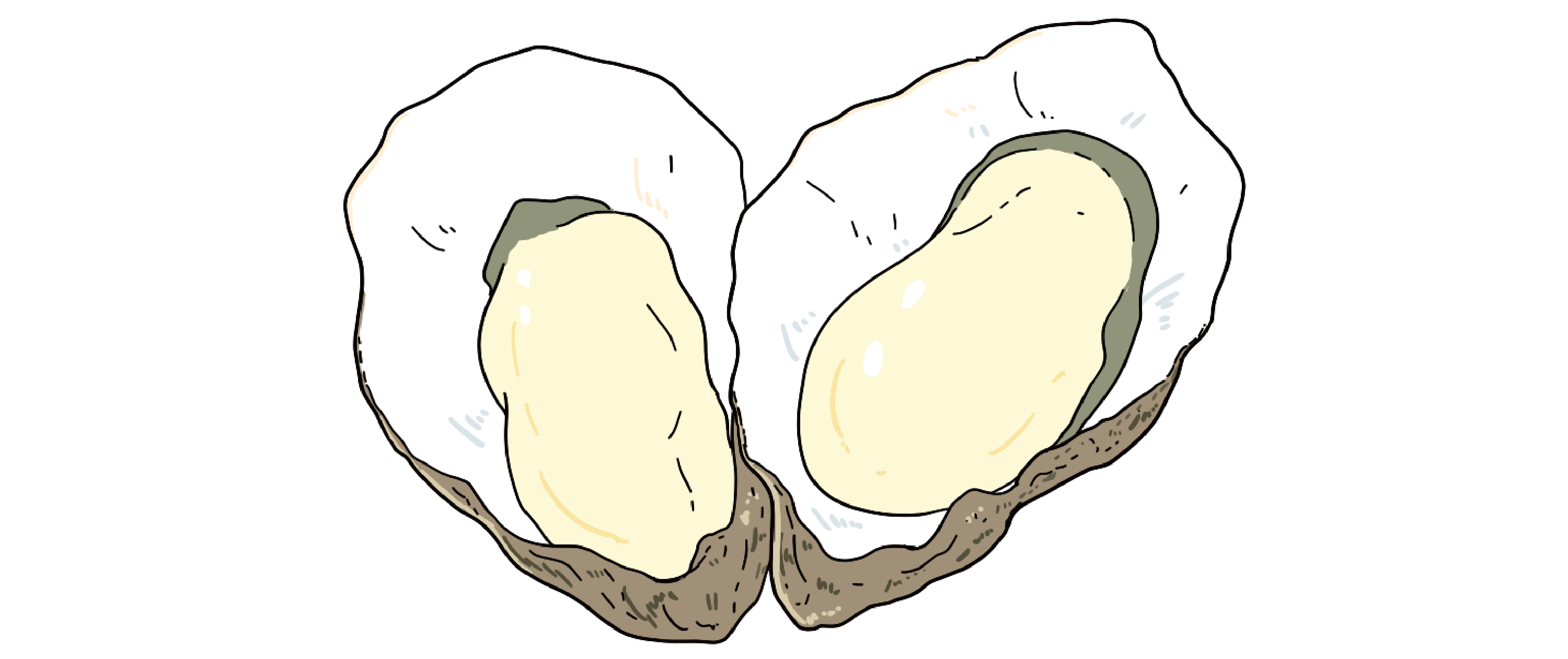
Hiroshima Prefecture boasts the highest oyster production in Japan. Though the shells are relatively small, the oysters themselves are large, plump, and packed with rich flavor. The peak season is from January to February, but Hiroshima has developed varieties that can be enjoyed year-round. Preparation methods are diverse: grilled and topped with ponzu, marinated in olive oil, deep-fried as kaki-fry, and more. Indulge in Hiroshima oysters with your preferred recipe!
Floating Pork Back Fat: “Onomichi Ramen”
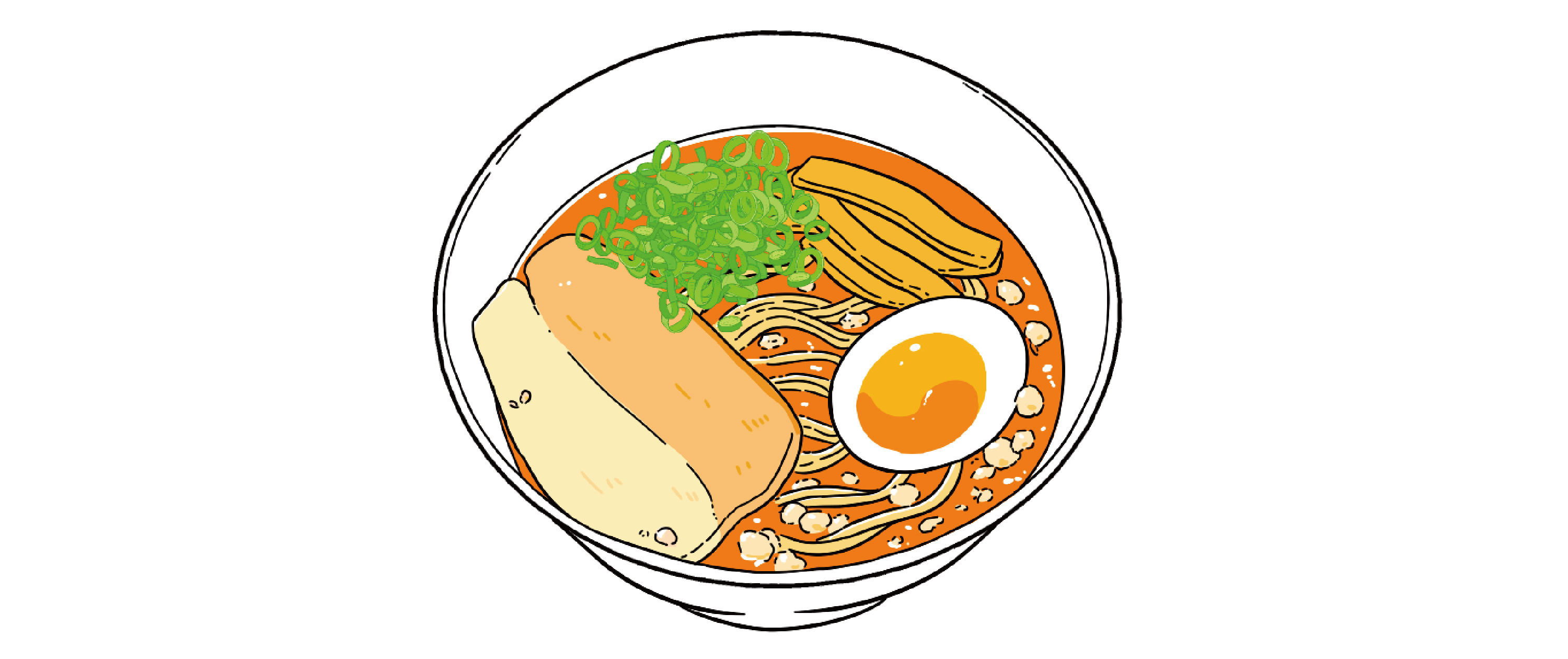
With over 80 years of history, “Onomichi Ramen” is a local specialty featuring soy sauce-based broth flavored with dried small fish from the Seto Inland Sea and chicken bones. It is typically served with flat or medium-thin noodles, topped with chashu pork, bamboo shoots, and green onions. A distinguishing characteristic is the floating minced pork back fat, giving the clear broth a unique depth of flavor. This back fat is soft, and each shop adds its own twist, such as frying it or adding green onions, making it one of the dish’s main attractions.
*The information is based on the time of reporting or creation, and may differ from the current situation.
tags:
share:










